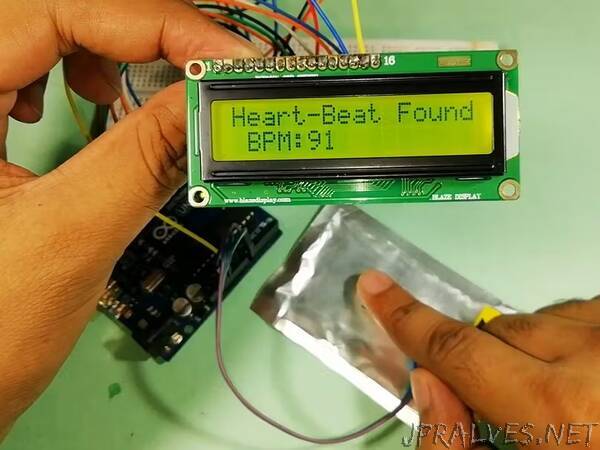
“This article introduces the combination of Arduino and NUO heartbeat sensor for the application of real-time heart rate monitoring.
In this article, we present an Arduino-based heartbeat detection and monitoring system that utilizes a pulse sensor to measure the heart rate and display it on a 16×2 LCD screen as beats per minute (BPM).
A heartbeat sensor is an electronic device designed to measure the heart rate, providing valuable information about our health alongside body temperature and blood pressure monitoring.
The heart rate can be monitored manually by checking the pulse at the wrist or neck, but our system offers an automated approach using a heartbeat sensor.
The working principle of the heartbeat sensor is based on photoplethysmography. It measures changes in blood volume within an organ by detecting variations in the intensity of light passing through that area.
The heartbeat sensor consists of a sensor unit and a control circuit. The sensor portion includes an infrared LED and a photodiode, cleverly embedded in a clip. To use the sensor, you simply insert your finger into the clip, and the device has three pins for connecting to VCC, GND, and data.
This system offers an efficient and user-friendly way to monitor heart rate, empowering individuals to take charge of their health with ease and accuracy.”
